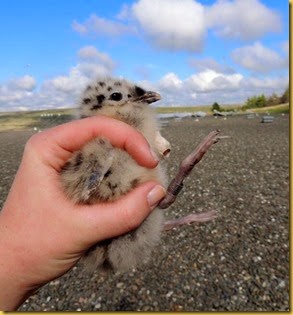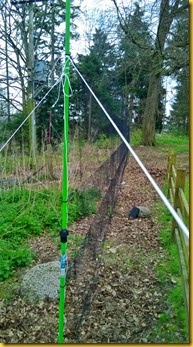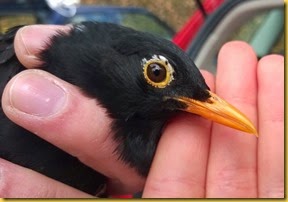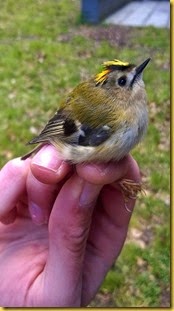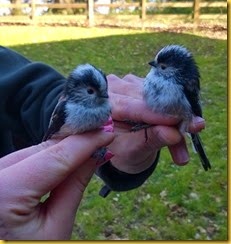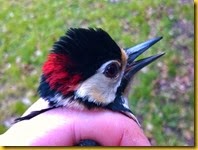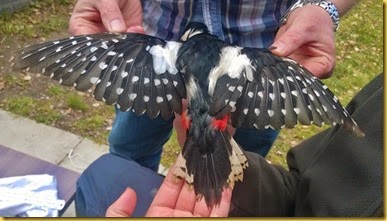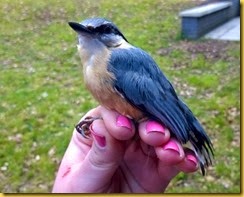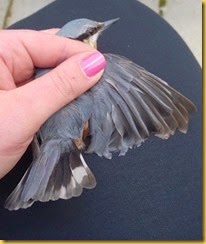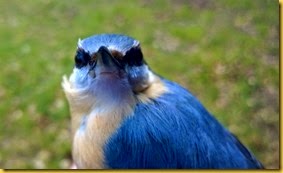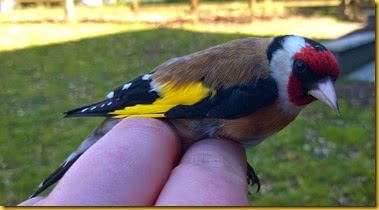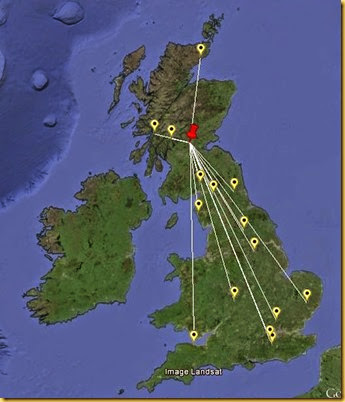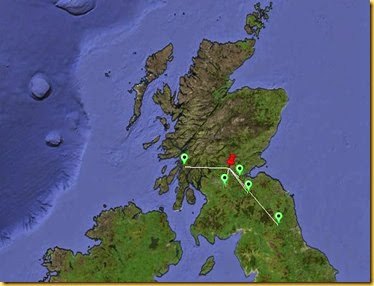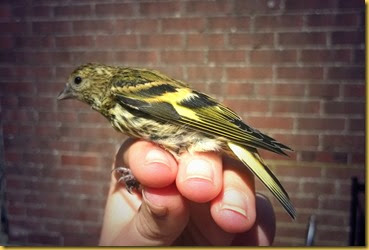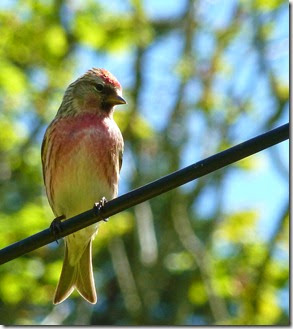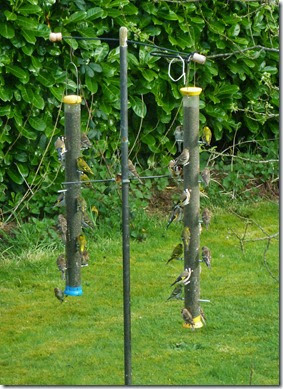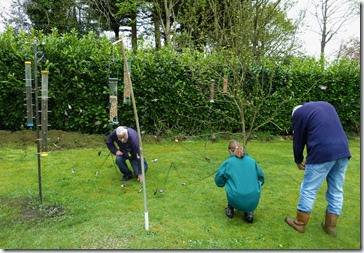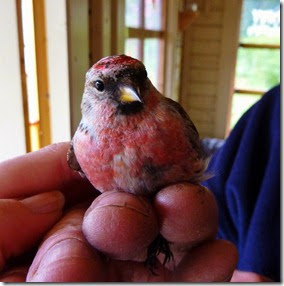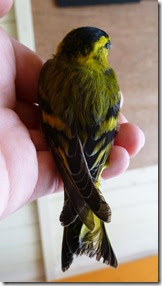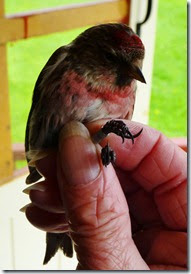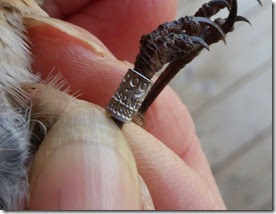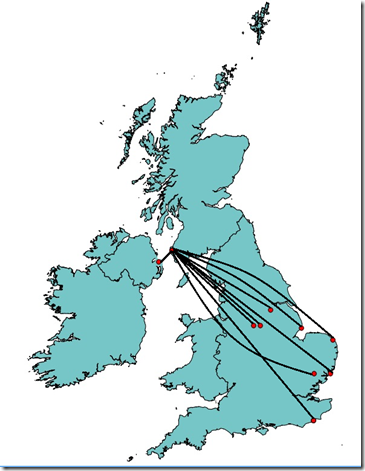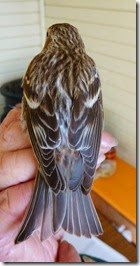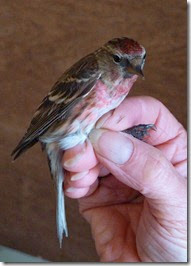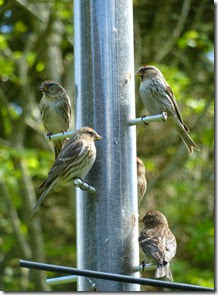Recently I posted a quick update about a new project I am embarking on and in this post I am going to explain a little bit more about the project and why I want to study Scottish breeding Common Gulls.
Common Gulls in The UK
The Galloway Common Gull Study aims to investigate the breeding biology and migratory behaviour of this stunning and charismatic bird. The Common gull larus canus, also referred to as Mew gull, is amber listed with JNCC's Birds of Conservation Concern which means that they are priority species for both conservation and research to discover why they are facing harder times.
The UK holds approximately 10% of the world's population of breeding Common Gull. As Common Gulls do not breed until 3 years old, little is known of the movements of sub-adults within the 3 years before they begin to breed. This study aims to answer that question by using individually coded colour rings to track the movements of both the adults and young from the breeding colonies. As the breeding biology of the Common Gull is understudied in the UK, by carrying out this study, we may learn new previously undiscovered information about the behaviour of this often overlooked species.
Many adults and a significant number of chicks are metal ringed in the UK every year but as metal ringing provides relatively little return in comparison to colour ringing, little has been discovered about the differences between adult and juvenile dispersal of Common Gulls away from the breeding colony.
Through BTO recoveries of birds ringed both within the UK and in the rest of Europe we know that Common Gulls regularly migrate between the UK and Scandinavia but most of these birds are likely to be ringed as adults. A similar project to the this, run in the North-East of Scotland, recently had a Common Gull, ringed as a chick, recovered in Spain which is only the UK's second record for this species despite (at the time) 94,916 Common Gulls being ringed in the UK -
See Here.
It is clear that more work is needed in order to understand the movements of juveniles up until the age of which they begin to breed, and indeed to discover where these juveniles end up choosing to breed whether it be in their natal colony that they were born in or somewhere further afield.
The Galloway Study
To find out more about the breeding biology and dispersal of the Common Gull this study will monitor a number of breeding colonies within Galloway. At the main two study sites a sample number of nests will be regularly monitored for the BTO's Nest Record Scheme and adults at these sites will also be caught and colour marked. Colour marking allows individual birds to be tracked in the field without the need to recapture them.

Common Gull Nest (2014)
At all of the sites two visits will be made during the latter part of the breeding season to ring the chicks and colour mark as many as possible. Only chicks big enough to safely hold a colour mark will have the marks added. Due to the cost of colour ringing this fundraising page is vital in allowing the study to colour mark as many birds as possible as the higher the number of birds marked the greater quality of information yielded from future observations.
In order to track the bird's movements the study shall rely upon a number of different sources from observations from members of the study group initially to then reaching out to the public and birders and ringers alike for their sightings. It is vital that through advertisement on social media and the likes that people are made aware of the project so that they know to keep a look out for our marked birds and also where they can direct their sightings. All sightings for this project can be sent to: crbirds'@'hotmail.com. Upon receiving such sightings a member of the study team shall reply back to the observer with a full life history of the bird. The study is very grateful for any observation or sighting sent in.
Kickstarter
As this is the first year of the study there are some significant costs involved in setting up and so I have started a Kickstarter fundraising page and I'd really appreciate any donations and shares/links to the page from my friends, followers and supporters. There are also some really exciting rewards up for grabs when you donate and any donation is so greatly appreciated and will enable the study to reach its’ full potential.

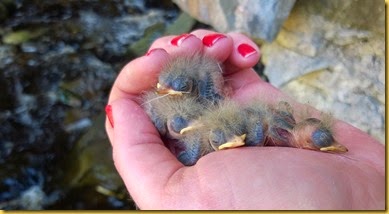
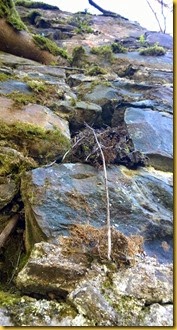
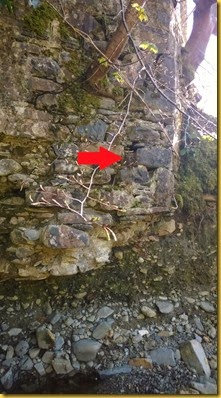

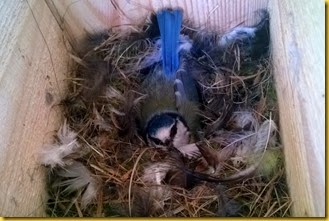
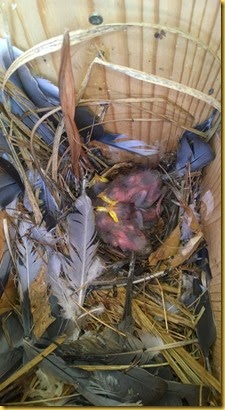
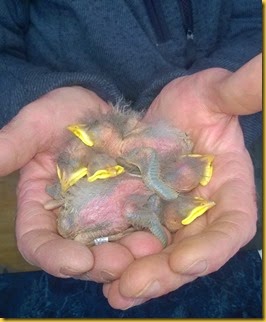

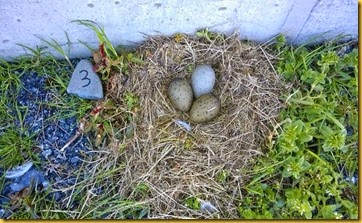


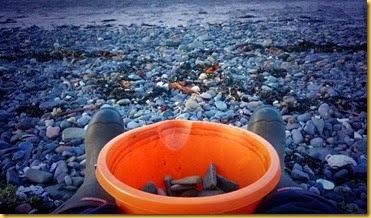
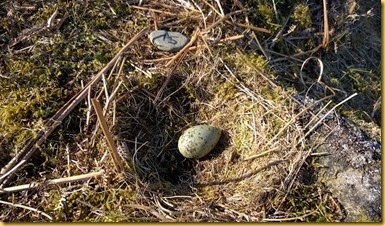
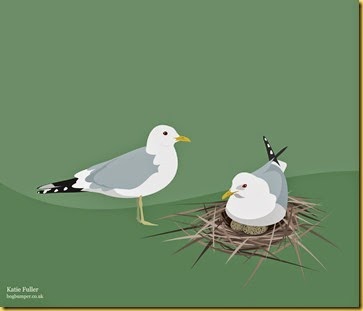
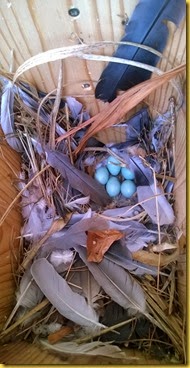


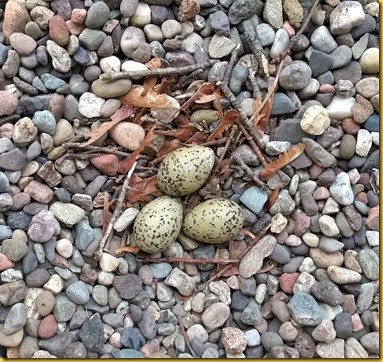
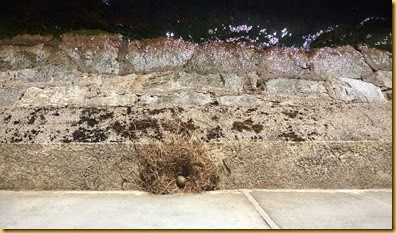

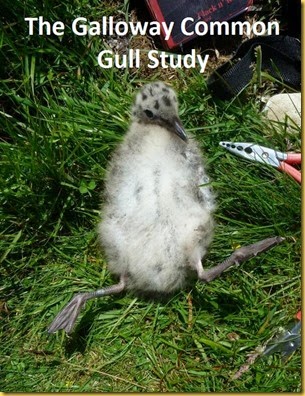

 Common Gull Nest (2014)
Common Gull Nest (2014)